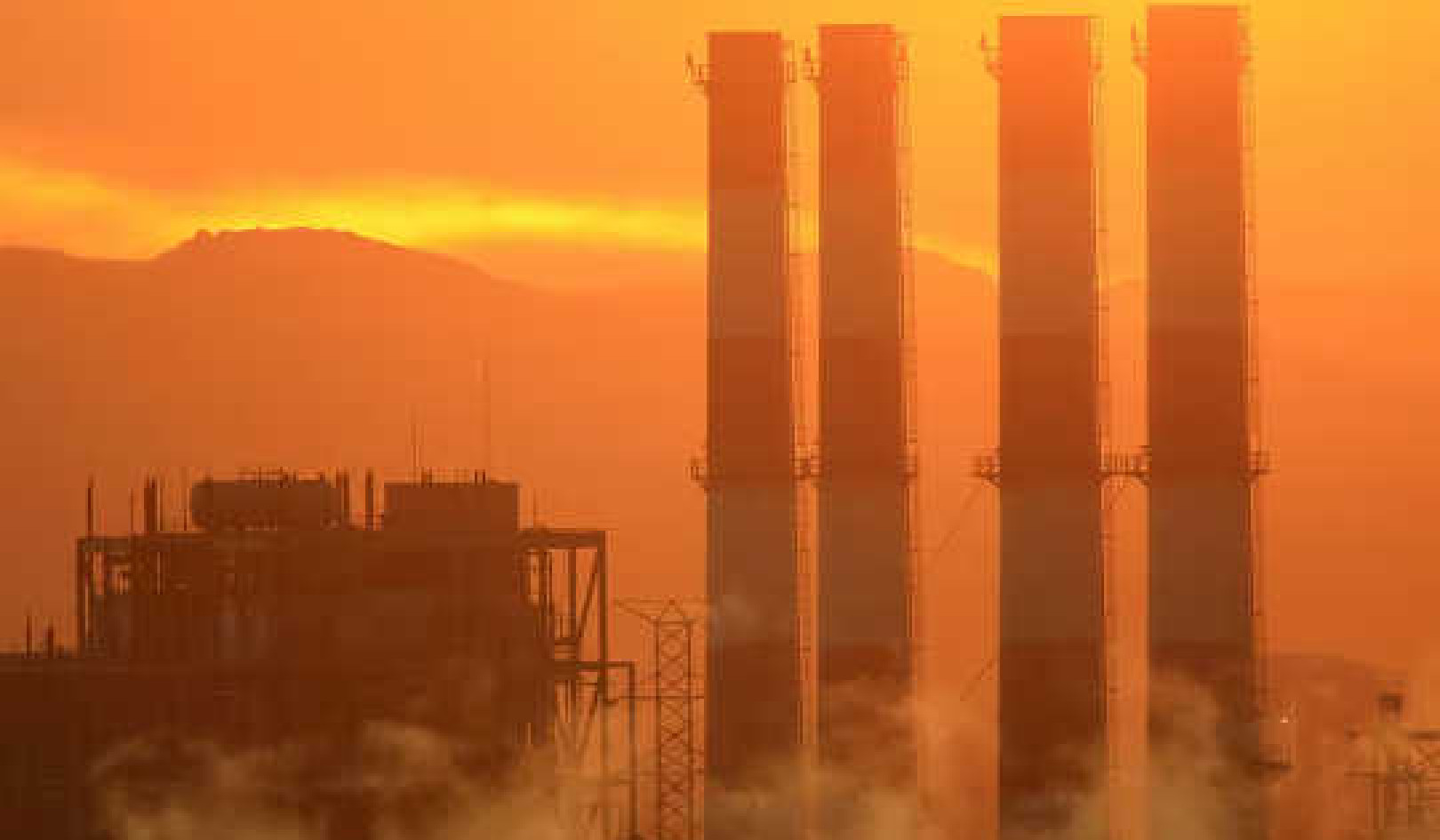Electric cars, trains, trams and boats already exist. That logically leads to the question: why are we not seeing large electric aircraft? And will we see them any time soon?
Why do we have electric cars and trains, but few electric planes? The main reason is that it’s much simpler to radically modify a car or train, even if they look very similar to traditional fossil-fuel vehicles on the outside.
Land vehicles can easily cope with the extra mass from electricity storage or electrical propulsion systems, but aircraft are much more sensitive.
For instance, increasing the mass of a car by 35% leads to an increase in energy use of 13-20%. But for a plane, energy use is directly proportional to mass: increasing its mass by 35% means it needs 35% more energy (all other things being equal).
But that is only part of the story. Aircraft also travel much further than ground vehicles, which means a flight requires far more energy than an average road trip. Aircraft must store onboard all the energy needed to move its mass for each flight (unlike a train connected to an electrical grid). Using a heavy energy source thus means more energy is needed for a flight, which leads to extra mass, and so on and on.
For an aircraft, mass is crucial, which is why airlines fastidiously weigh luggage. Electric planes need batteries with enough energy per kilogram of battery, or the mass penalty means they simply can’t fly long distances.
Short-range planes
Despite this, electric aircraft are on the horizon – but you won’t be seeing electric 747s any time soon.
Today’s best available lithium ion battery packs provide around 200 watt-hours (Wh) per kilogram, about 60 times less than current aircraft fuel. This type of battery can power small electric air taxis with up to four passengers over a distance of around 100km. For longer trips, more energy-dense cells are needed.
Short-range electric commuter aircraft that carry up to 30 people for less than 800km, for instance, specifically require between 750 and 2,000Wh/kg, which is some 6-17% of kerosene-based jet fuel’s energy content. Even larger aircraft require increasingly lighter batteries. For example, a plane carrying 140 passengers for 1,500km consumes about 30kg of kerosene per passenger. With current battery technology, almost 1,000kg of batteries is needed per passenger.
To make regional commuter aircraft fully electric requires a four- to tenfold reduction in battery weight. The long-term historical rate of improvement in battery energy has been around 3-4% per year, doubling roughly every two decades. Based on a continuation of this historical trend, the fourfold improvement needed for a fully electric commuter aircraft could potentially be reached around mid-century.
While this may seem an incredibly long wait, this is consistent with the timescale of change in the aviation industry for both the infrastructure and aircraft design lifecycles. A new aircraft takes around 5-10 years to design, and will then remain in service for two to three decades. Some aircraft are still flying 50 years after their first flight.
Here come the hybrids
Does this mean long-distance flying will always rely on fossil fuels? Not necessarily.
While fully electric large aircraft require a major, yet-to-be-invented shift in energy storage, there are other ways to reduce the environmental impact of flying.
Hybrid-electric aircraft combine fuels with electric propulsion. This class of aircraft includes design without batteries, where the electric propulsion system serves to improve the thrust efficiency, reducing the amount of fuel needed.
Hybrid-electric aircraft with batteries are also in development, where the batteries may provide extra power in specific circumstances. Batteries can then, for instance, provide clean take-off and landing to reduce emissions near airports.
Electric planes are also not the only way to reduce the direct carbon footprint of flying. Alternative fuels, such as biofuels and hydrogen, are also being investigated.
Biofuels, which are fuels derived from plants or algae, were first used on a commercial flight in 2008 and several airlines have performed trials with them. While not widely adopted, significant research is currently investigating sustainable biofuels that do not impact freshwater sources or food production.
While biofuels do still produce CO?, they don’t require significant changes to existing aircraft or airport infrastructure. Hydrogen, on the other hand, requires a complete redesign of the fuelling infrastructure of the airport and also has a significant impact on the design of the aircraft itself.
While hydrogen is very light – hydrogen contains three times more energy per kilogram than kerosene – its density is very low, even when stored as a liquid at -250?. This means that fuel can no longer be stored in the wing but needs to be moved to relatively heavy and bulky tanks inside the fuselage. Despite these drawbacks, hydrogen-fuelled long-distance flights can consume up to 12% less energy than kerosene.
About The Author
Dries Verstraete, Senior Lecturer in Aerospace Design and Propulsion, University of Sydney
This article is republished from The Conversation under a Creative Commons license. Read the original article.
Video: Future Aircraft - NASA Documentary
{vembed Y=Y1gAusOW-RU}
Related Books
Drawdown: The Most Comprehensive Plan Ever Proposed to Reverse Global Warming
by Paul Hawken and Tom Steyer In the face of widespread fear and apathy, an international coalition of researchers, professionals, and scientists have come together to offer a set of realistic and bold solutions to climate change. One hundred techniques and practices are described here—some are well known; some you may have never heard of. They range from clean energy to educating girls in lower-income countries to land use practices that pull carbon out of the air. The solutions exist, are economically viable, and communities throughout the world are currently enacting them with skill and determination. Available On Amazon
In the face of widespread fear and apathy, an international coalition of researchers, professionals, and scientists have come together to offer a set of realistic and bold solutions to climate change. One hundred techniques and practices are described here—some are well known; some you may have never heard of. They range from clean energy to educating girls in lower-income countries to land use practices that pull carbon out of the air. The solutions exist, are economically viable, and communities throughout the world are currently enacting them with skill and determination. Available On Amazon
Designing Climate Solutions: A Policy Guide for Low-Carbon Energy
by Hal Harvey, Robbie Orvis, Jeffrey Rissman With the effects of climate change already upon us, the need to cut global greenhouse gas emissions is nothing less than urgent. It’s a daunting challenge, but the technologies and strategies to meet it exist today. A small set of energy policies, designed and implemented well, can put us on the path to a low carbon future. Energy systems are large and complex, so energy policy must be focused and cost-effective. One-size-fits-all approaches simply won’t get the job done. Policymakers need a clear, comprehensive resource that outlines the energy policies that will have the biggest impact on our climate future, and describes how to design these policies well. Available On Amazon
With the effects of climate change already upon us, the need to cut global greenhouse gas emissions is nothing less than urgent. It’s a daunting challenge, but the technologies and strategies to meet it exist today. A small set of energy policies, designed and implemented well, can put us on the path to a low carbon future. Energy systems are large and complex, so energy policy must be focused and cost-effective. One-size-fits-all approaches simply won’t get the job done. Policymakers need a clear, comprehensive resource that outlines the energy policies that will have the biggest impact on our climate future, and describes how to design these policies well. Available On Amazon
This Changes Everything: Capitalism vs. The Climate
by Naomi Klein In This Changes Everything Naomi Klein argues that climate change isn’t just another issue to be neatly filed between taxes and health care. It’s an alarm that calls us to fix an economic system that is already failing us in many ways. Klein meticulously builds the case for how massively reducing our greenhouse emissions is our best chance to simultaneously reduce gaping inequalities, re-imagine our broken democracies, and rebuild our gutted local economies. She exposes the ideological desperation of the climate-change deniers, the messianic delusions of the would-be geoengineers, and the tragic defeatism of too many mainstream green initiatives. And she demonstrates precisely why the market has not—and cannot—fix the climate crisis but will instead make things worse, with ever more extreme and ecologically damaging extraction methods, accompanied by rampant disaster capitalism. Available On Amazon
In This Changes Everything Naomi Klein argues that climate change isn’t just another issue to be neatly filed between taxes and health care. It’s an alarm that calls us to fix an economic system that is already failing us in many ways. Klein meticulously builds the case for how massively reducing our greenhouse emissions is our best chance to simultaneously reduce gaping inequalities, re-imagine our broken democracies, and rebuild our gutted local economies. She exposes the ideological desperation of the climate-change deniers, the messianic delusions of the would-be geoengineers, and the tragic defeatism of too many mainstream green initiatives. And she demonstrates precisely why the market has not—and cannot—fix the climate crisis but will instead make things worse, with ever more extreme and ecologically damaging extraction methods, accompanied by rampant disaster capitalism. Available On Amazon
From The Publisher:
Purchases on Amazon go to defray the cost of bringing you InnerSelf.comelf.com, MightyNatural.com, and ClimateImpactNews.com at no cost and without advertisers that track your browsing habits. Even if you click on a link but don't buy these selected products, anything else you buy in that same visit on Amazon pays us a small commission. There is no additional cost to you, so please contribute to the effort. You can also use this link to use to Amazon at any time so you can help support our efforts.

























